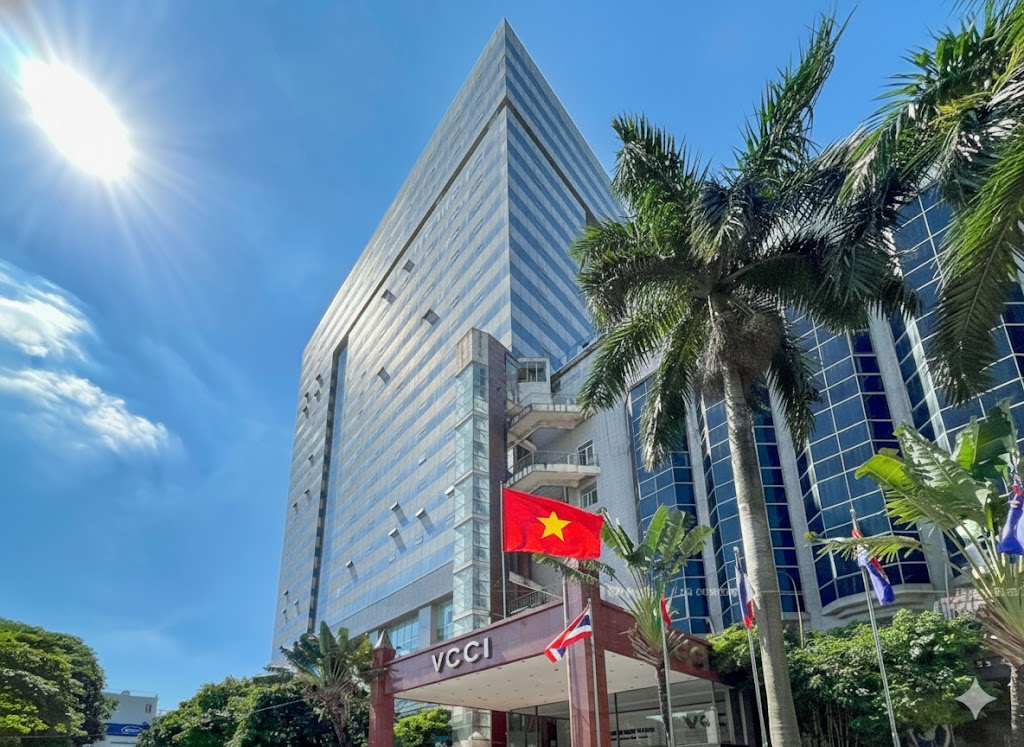Digital transformation: method for sustainable development in agriculture
Việt Nam News reporter Cao Ly Ly spoke to Nguyễn Quốc Toản, director of the Digital Transformation and Agricultural Statistic Centre, under the Ministry of Agriculture and Rural Development, to learn more about the process.
 |
|
Nguyễn Quốc Toản, director of the Digital Transformation and Agricultural Statistic Centre. — VNA/VNS Photo |
HÀ NỘI — Despite the decreasing contribution of agriculture to Việt Nam's GDP, it still plays a strategic role as a crucial pillar for the country's security, well-being, and livelihoods in the long term.
Amid international integration, climate change, disease outbreaks and the fourth industrial revolution, digital transformation in the industry is an inevitable trend.
Việt Nam News reporter Cao Ly Ly spoke to Nguyễn Quốc Toản, director of the Digital Transformation and Agricultural Statistic Centre, under the Ministry of Agriculture and Rural Development, to learn more about the process.
How can digital transformation boost the agriculture sector?
We are currently in a context of strong digital transformation, not just in theory but in practice, especially after the COVID-19 pandemic. Those who grasp the path of genuine and substantial digital transformation, focusing on the core aspects, will be the ones to seize great opportunities.
In fact, there is ample evidence that many young graduates are returning to rural areas, mountains to work and collaborate with farmers in places like Hoàng Su Phì or other highlands, to create economically valuable products through digital transformation methods.
Therefore, we have the full potential to enrich agriculture, to increase its value through digital transformation within the agricultural sector itself.
We strongly believe that small and medium-sized enterprises (SMEs), particularly those situated in remote or highland regions, as well as agricultural cooperatives, possess a wealth of distinctive agricultural products and specialities.
By leveraging digital methods, we have the opportunity to transform these products effectively.
Through digital transformation approaches such as traceability, value enhancement, and transparent product information sharing, we can showcase the stories behind the production, cultivation, and processing. These digital narratives add value to the products and resonate with consumers, fostering a stronger connection between producers and end-users.
What is the biggest challenge in the process of transformation?
The main focus should be on farmers and SMEs when it comes to driving digital transformation.
In the agricultural sector, the number of SMEs is significantly high. Currently, there are approximately 14,000 agricultural enterprises, and we also have around 19,500 agricultural cooperatives.
And it's not an easy task to guide and support farmers and businesses in this process. We all need to have a shared understanding, adopt common approaches and take unified actions.
This is where the Ministry of Agriculture, the Ministry of Planning and Investment, related agencies, and our experts can seize the opportunity to create a practical handbook. This handbook will serve as a guide for SMEs, with a special emphasis on the food processing and distribution sector, which has great potential for adding value.
On the other hand, the current state of agricultural data is that there are over 100 databases encompassing the entire industry. However, only around 50 of these databases are actively functioning, while the others are either dormant or no longer operational.
These databases were established at different time points in the past, resulting in a lack of content and structural cohesion. Many of them are outdated, insecure, and suffer from poor system maintenance. Moreover, there is a lack of data synchronisation, and several sectors are still lacking comprehensive data.
What is the most crucial factor in the industry’s digital transformation?
In the digital transformation journey, awareness plays a vital role. Technology is the tool we use, but our focus should go beyond adopting IT applications. It's about transforming human systems and entities within the agriculture sector.
We need to convert knowledge, whether it's crop cultivation, livestock farming, aquaculture, or forestry, from physical to digital, connecting businesses, government agencies and promoting transparency.
By doing so, we can enhance collaboration, reduce costs, and empower farmers with valuable insights through digital channels.
Việt Nam already has leading tech enterprises. Therefore, we don't need to worry about the technology aspect.
How do we promote digital transformation in remote areas?
Việt Nam has strong internet coverage and relatively well-developed information technology infrastructure, even in remote areas. Therefore, we can confidently reach out to remote regions in terms of IT infrastructure.
The trend of internet adoption in the country is faster compared to other countries in the region. Currently, about 63 per cent of farmers use smartphones, which is an advantage for Việt Nam.
Additionally, the government has made strong efforts in digital transformation. In 2023, the government focused on building digital platforms and digital data.
Moving forward, in collaboration with the Ministry of Planning and Investment and local agricultural institutions, we can conduct training sessions for farmers and cooperative groups.
These training sessions can be conducted online or in person, with the assistance of smartphones or other devices to facilitate easy access for farmers.
Regular and continuous training will improve farmers' skills and should be a consistent effort, rather than a one-time occurrence, for long-term benefits.








